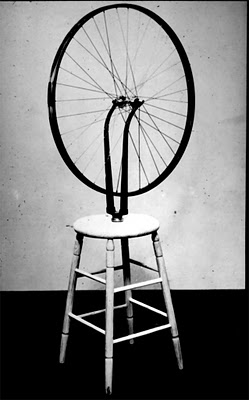“Was bedeutet der Stein?”: Fetishism, Profanation, and Parody in Fontane’s Grete Minde
DOI:
https://doi.org/10.5399/uo/konturen.8.0.3706Abstract
This article explores the function of the precarious (non-)significance of the thing in Theodor Fontane’s 1879 novella Grete Minde. On the surface a simple tale of exclusion and revenge in seventeenth-century Brandenburg and a seeming anomaly in Fontane’s oeuvre, the novella also contains a barely visible leitmotif of the agency of things on the cusp of their disempowerment, not to say fall into vulgar parody and obscene joke. This article reads the status of the thing in Grete Minde not only as a key to some of the text’s more curious narrative choices, but also as a mark of the persistence of the ontological and aesthetic questions of the Reformation and as Fontane’s ambivalent self-reflection on the task of the novelist in the modern era.Published
2015-10-09
How to Cite
Weitzman, E. (2015). “Was bedeutet der Stein?”: Fetishism, Profanation, and Parody in Fontane’s Grete Minde. Konturen, 8, 71–96. https://doi.org/10.5399/uo/konturen.8.0.3706
Issue
Section
Articles

